How Clean Room Testing Methods Work: Complete Guide 2026
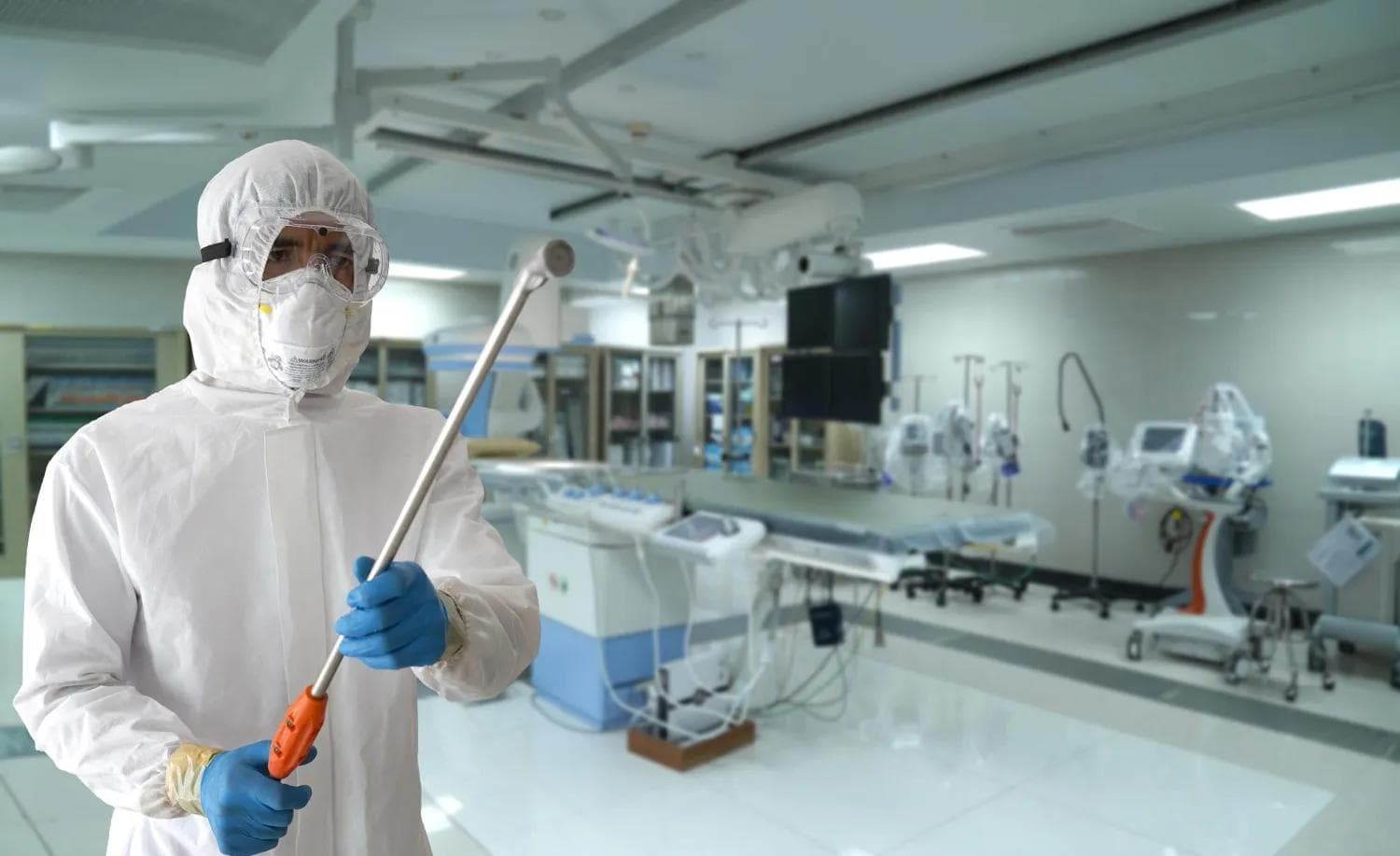
How Clean Room Testing Methods Work: Complete Guide 2026
Cleanroom testing methods keep controlled environments safe, compliant, and audit-ready. In this 2026 guide, you’ll learn how cleanroom testing works, which ISO 14644 cleanroom testing methods matter, when to validate or requalify, and how to read a cleanroom testing report and documentation. Use the checklists, table, and tips to plan a smooth cleanroom certification process without surprises.
What Is Clean Room Testing and Why It Matters
Definition and purpose of clean room testing
Cleanroom testing verifies that a controlled environment meets its cleanroom classification levels and performs within defined limits. Tests confirm airflow patterns, dilution rates, particulate levels, and barrier integrity so your space consistently protects products, patients, and research.
Importance for pharmaceutical, biotech, and manufacturing facilities
Pharma, biotech, medical device, electronics, and advanced manufacturing depend on cleanroom performance testing to reduce defects and prevent contamination. Reliable data supports batch release, protects yields, and proves due diligence during inspections and audits.
Standards governing clean rooms (ISO 14644, GMP, FDA, etc.)
Your validation plan should reference ISO 14644-1 standards, GMP cleanroom compliance, FDA cleanroom requirements, and site SOPs. Together, they define acceptance criteria, sampling points, and your cleanroom validation protocol.
What Are the Main Clean Room Testing Methods
Airborne particle count testing
This method confirms your class using an optical counter and a mapped grid. You’ll capture non-viable counts in at rest and operational states, then compare results to ISO 14644-1 limits. Grid mapping and adequate sample volumes are critical.
HEPA and ULPA filter integrity testing
HEPA filter integrity testing (PAO/DOP) scans the media and seals for leaks. Results reveal filter leak testing thresholds, gasket/seating issues, and plenum defects. For higher grades, you may include ULPA checks (see “HEPA vs ULPA filter testing”).
Airflow velocity and uniformity testing
Use anemometers to confirm airflow velocity testing and even distribution. From these readings, you verify air change rate measurement (ACH). Where applicable, assess laminar airflow testing to ensure flow directionality over critical zones.
Pressure differential and temperature/humidity monitoring
Stable pressure differential monitoring protects clean areas from dirtier spaces. Add temperature and humidity control checks to maintain comfort and process stability. Continuous sensors feed your environmental monitoring program and alarms.
Microbial and surface contamination testing
As part of your monitoring strategy, use settle plates, contact plates, or swabs for microbial contamination testing on surfaces and air. Trend results against action/alert limits and investigate excursions.
Light, sound, and vibration level testing (optional advanced method)
For sensitive operations, assess glare, noise, and vibration. These advanced checks help optimize human performance and protect delicate processes.
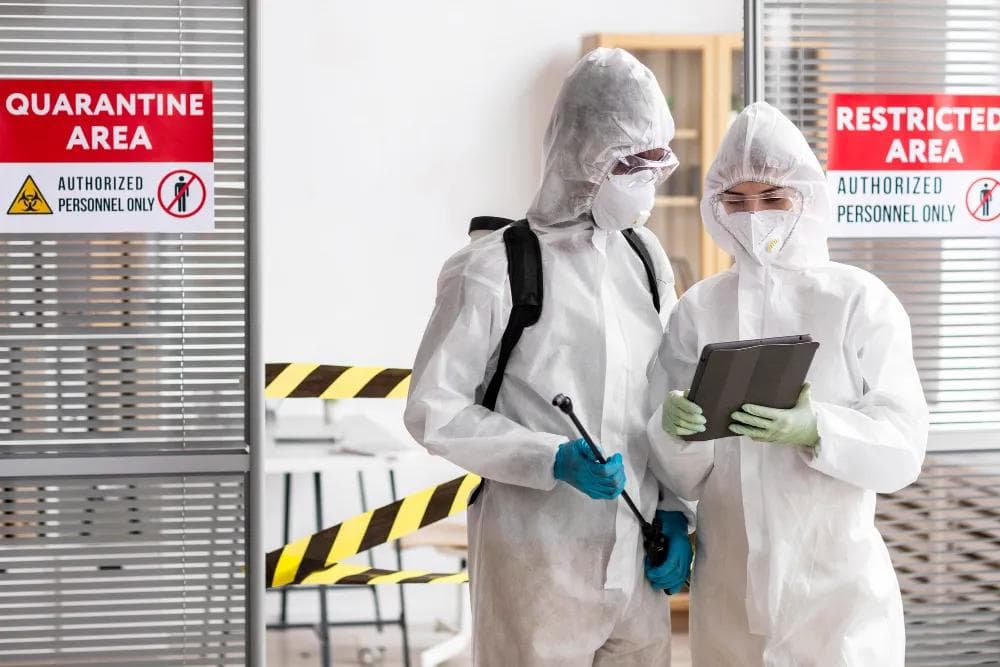
When and Why You Should Perform Clean Room Testing
Regular validation schedule (daily, quarterly, annual)
- Daily/weekly: housekeeping logs, pressure checks, visible inspections
- Quarterly: trending review, spot verification, small CAPAs
- 6–12 months: full cleanroom validation or cleanroom qualification per ISO 14644-2 requalification frequency
Situations requiring retesting (renovation, equipment change, contamination events)
Re-test after HVAC changes, filter replacement, room reconfiguration, construction, or contamination events. Any major change to airflow, pressure, or occupancy triggers partial or full requalification.
Regulatory and audit requirements
Auditors expect a risk-based frequency, current calibrations, and a documented ISO validation checklist. Your evidence lives in the cleanroom testing report and documentation.
Signs That Indicate Your Clean Room Needs Testing
Visible dust or contamination on surfaces
Debris on carts, benches, or grilles signals housekeeping or airflow problems.
Increased product defects or failed sterility tests
Rising rejects or EM excursions demand root-cause analysis and targeted re-tests.
Airflow imbalance or pressure drop
Door pull changes, fluttering wipes, or drifting smoke suggest pressure loss.
HVAC or filter performance issues
Abnormal fan speeds, unusual noise, or high differential pressures call for controlled environment testing and likely filter leak testing.
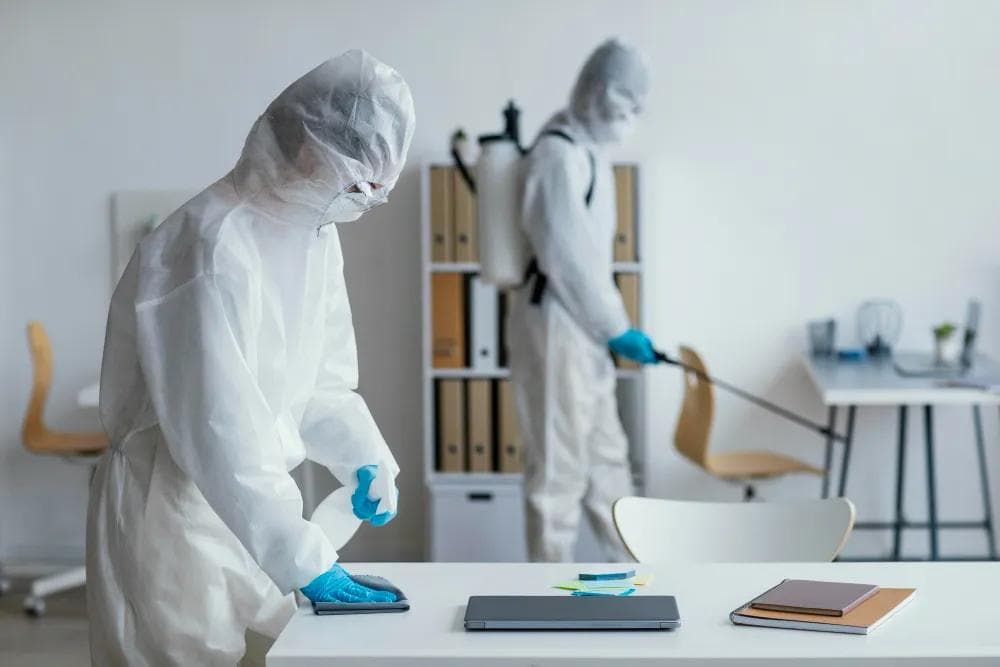
DIY vs. Professional Clean Room Testing: Comparison Table
Key differences in accuracy, equipment, and compliance
Professionals arrive with NIST-traceable equipment, deep ISO/GMP experience, and sample reports that pass audits. DIY checks can help between qualifications, but they rarely cover the full scope.
Cost–benefit overview
Skipping experts risks failed audits, downtime, and repeat testing. Professional validation improves speed, data quality, and CAPA closure.
Self-Testing vs Professional Testing
| Factor | Self-Testing | Professional Testing |
|---|---|---|
| Instruments | Limited, not always calibrated | NIST-traceable equipment, full kit |
| Scope coverage | Partial spot checks | Full ISO/GMP scope with proof |
| Accuracy | Operator-dependent | Repeatable methods & trained techs |
| Documentation | Basic logs | Complete validation report & CAPA |
| Compliance risk | High | Low—certified cleanroom testing services |
| Total cost of quality | Can rise after failures | Lower over time via fewer repeats |
Precautions and Best Practices Before Testing Begins
Pre-cleaning and equipment readiness
Clean per SOP, stage materials, remove temporary clutter, and label sampling points. Confirm diffuser access and safe ladder placements.
Personal protective equipment (PPE) setup
Set gowning levels by area class. Train teams to prevent garment shedding during testing.
Data logging and environmental monitoring checklist
Export recent pressure and temperature/humidity trends from your environmental monitoring program. Note alarms and out-of-trend behavior.
Safety and contamination control steps
Limit traffic, coordinate with production, control door openings, and protect aseptic zones with shields where needed.
Tip: Lock acceptance criteria before test day. Surprises derail validation schedules.
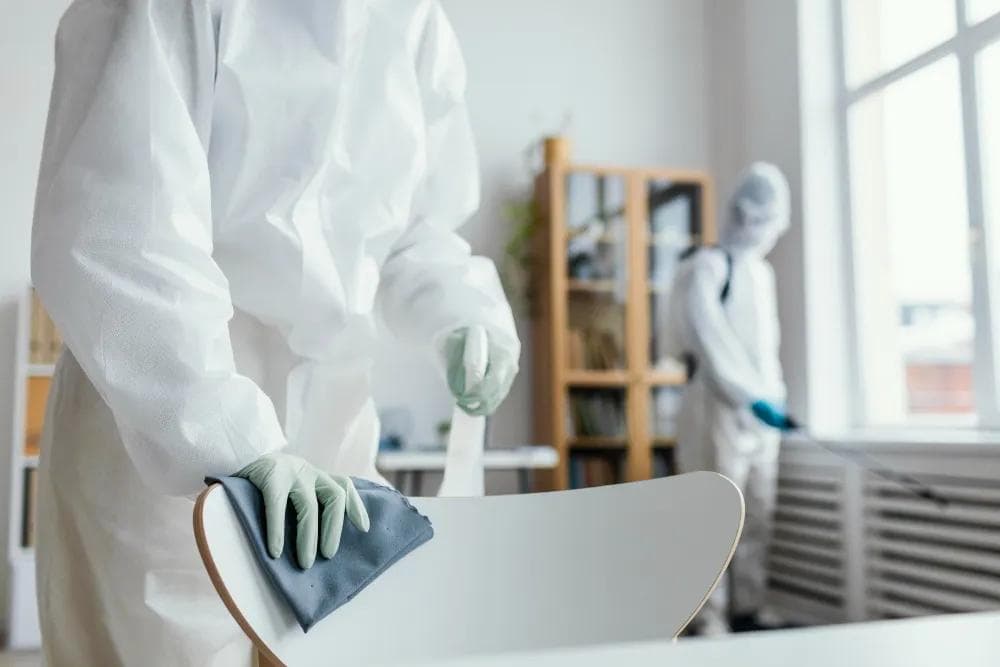
Step-by-Step Clean Room Testing Process
Site inspection and setup
Review drawings, previous deviations, and user requirements. Confirm acceptance criteria & sampling points and walk the route with the team.
Sampling and monitoring procedure
- Map points by room and height.
- Perform particle count testing in defined states.
- Scan filters for leaks and check airflow visualization with smoke.
- Measure velocity, calculate ACH verification, and confirm pressurization (Pa).
- Record temperature and humidity control values and capture microbial samples if in scope.
Data analysis and reporting
Compare results to ISO 14644 cleanroom testing limits and SOP targets. Document deviations and root cause, then plan re-tests.
Certification and compliance validation
Compile the cleanroom inspection checklist, instrument list with calibrations, photos, raw tables, and sign-offs. Finalize the cleanroom certification process and issue the report.
Fact: A clear room map with pass/fail overlays speeds audits and makes CAPA actions obvious.
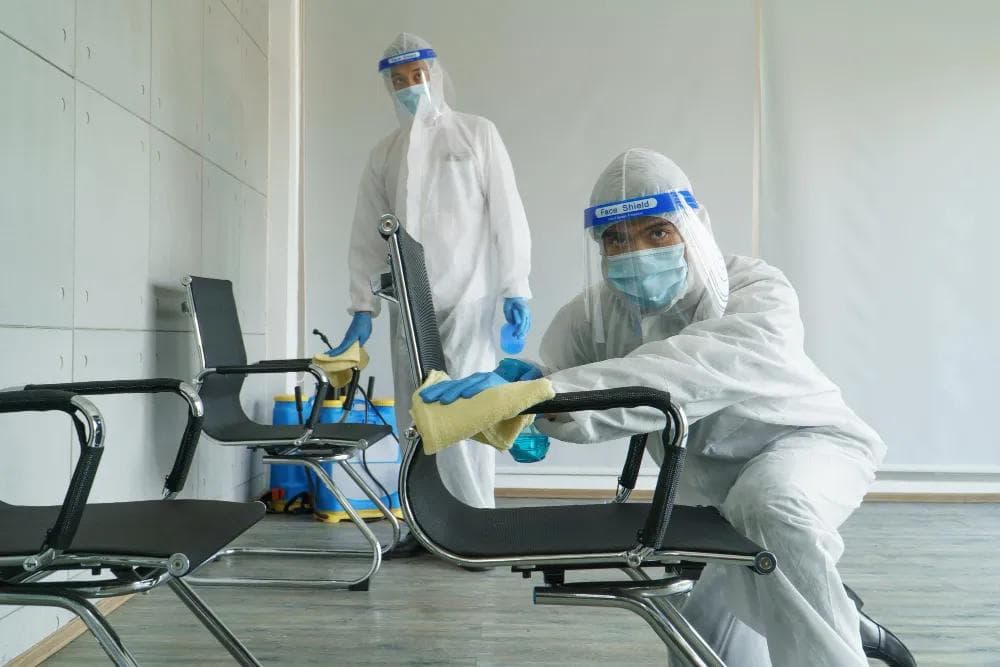
Expert Tips to Maintain Clean Room Compliance
Routine maintenance & documentation
Create a cleanroom maintenance plan tied to EM trends, filter life, and seasonal HVAC loads. Keep a living cleanroom inspection checklist.
Staff training & operational discipline
Good gowning, correct cleaning chemistries, and staged material flow keep counts low. Train for at rest vs operational differences.
Partnering with certified testing providers
Ask for sample reports, calibration certificates, and local references. Choose teams that can guide validation report & CAPA quality, not just collect numbers.
Frequently Asked Questions (FAQ)
1. How do cleanroom testing methods work?
They measure particles, airflow, pressure, and environmental stability against ISO 14644-1 standards and SOP limits. Results prove your room’s fitness for use.
2. What are the main cleanroom testing methods?
Particle counts, HEPA integrity testing (DOP/PAO), airflow & pressure differential testing, temperature & humidity mapping, microbial checks, and optional light/sound/vibration.
3. How often should a cleanroom be tested?
Follow a risk-based cleanroom testing frequency: typically every 6–12 months, plus after significant changes or excursions.
4. What is the difference between “at rest” and “operational” testing?
“At rest” measures an empty, running room. “Operational” measures during normal work with people and processes active.
5. Who can perform cleanroom testing?
Use certified cleanroom testing services with NIST-traceable equipment, ISO/GMP experience, and strong documentation standards.
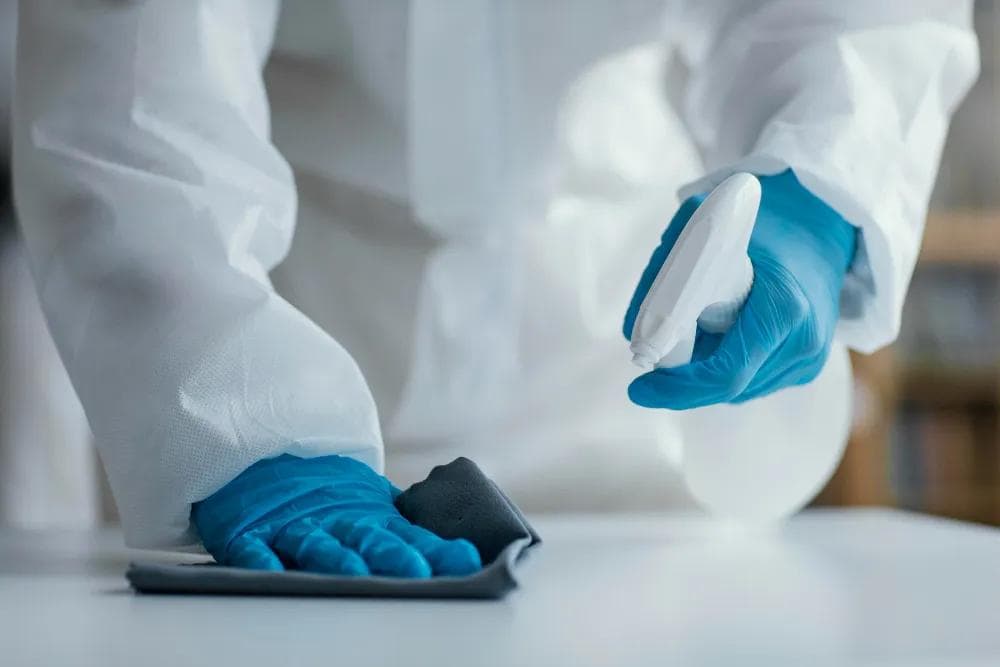
Final Thoughts
Cleanroom testing methods protect quality, safety, and compliance. A disciplined plan—backed by accurate measurements, tight SOPs, and actionable reports—keeps your facility audit-ready. If you operate in Tennessee, our local team can help you plan, test, and document faster with fewer surprises. For regional details, see: Clean Room Testing in Tennessee (service page).
Need certified clean room testing?
Contact our Tennessee specialists today. TN-NDT (Tennessee Non Destructive Testing)
📞 678-763-2787 | ✉️ tim.santana@tnndt.com
Get a free quote • Book your service today • Speak with an expert